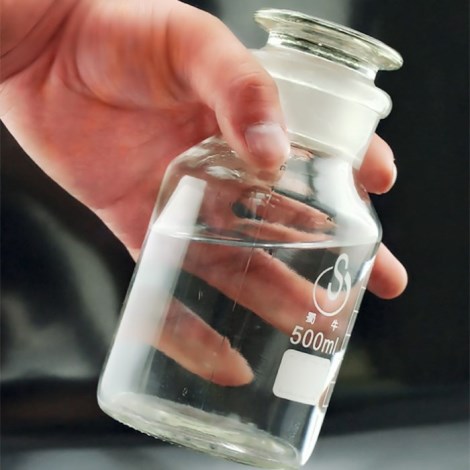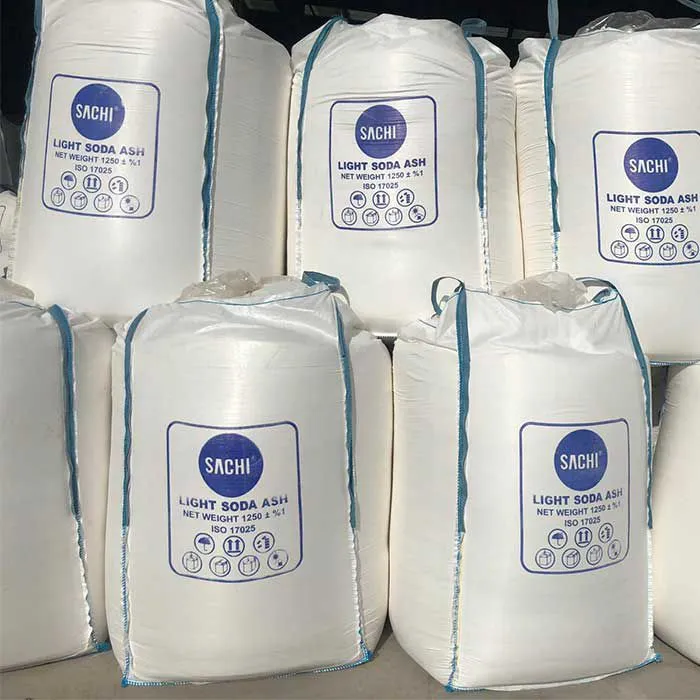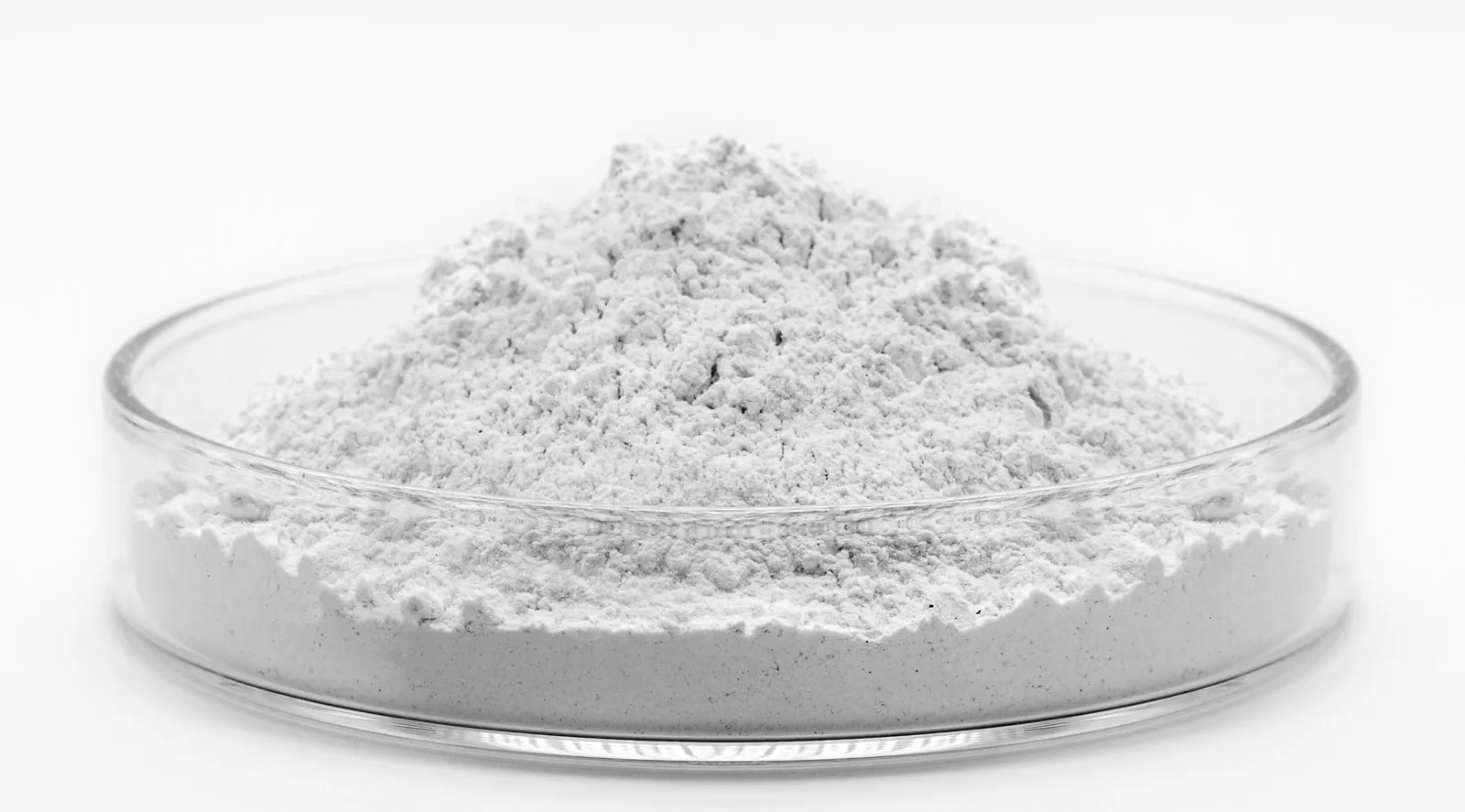by Admin9Rahim
Share
by Admin9Rahim
Share

Ferric chloride
What is Ferric chloride?
Ferric chloride, scientifically known as iron(III) chloride with the chemical formula FeCl3, is a chemical compound widely recognized for its multifaceted applications across several industries.
physical and chemical properties
Physical Properties:
Appearance: Ferric chloride typically appears as a dark brown, crystalline solid. However, depending on its preparation method, it can also exist in other forms such as powder or flakes.
Odor: It has a distinctive, acidic odor.
Solubility: Ferric chloride is highly soluble in water, forming a yellow-brown solution. Its solubility increases with higher temperatures.
Melting Point: The melting point of ferric chloride is approximately 306°C (583°F).
Density: The density of solid ferric chloride is around 2.8 g/cm^3.
Hygroscopicity: Ferric chloride is hygroscopic, meaning it readily absorbs moisture from the air, leading to the formation of aqueous solutions
Chemical Properties:
Oxidation State: Ferric chloride contains iron in its +3 oxidation state (Fe^3+).
Acidic Nature: Dissolving ferric chloride in water causes it to undergo hydrolysis. This hydrolysis reaction produces hydrochloric acid (HCl) and hydrated iron oxide species. As a result, ferric chloride solutions become acidic.
Reactivity: Ferric chloride is a strong Lewis acid due to the presence of the Fe^3+ ion. It readily accepts electron pairs from other molecules, making it a versatile catalyst in various chemical reactions.
Corrosivity: Concentrated solutions of ferric chloride can be corrosive to certain metals, particularly those susceptible to oxidation.
Complex Formation: Ferric chloride can form complexes with ligands, leading to the stabilization of different coordination geometries around the iron ion.
Redox Properties: iron chloride participates in redox reactions where the iron changes its oxidation state. For instance, it can be reduced to ferrous chloride (FeCl2) in the presence of reducing agents.
Application and Usage
Due to its versatile properties, iron chloride (FeCl3) finds a wide range of applications across multiple industries. Here are some of the most common applications and uses of ferric chloride:
Water Treatment:
- Coagulation and Flocculation: iron chloride is used as a coagulant and flocculant in water treatment plants to remove impurities such as suspended solids, organic matter, and heavy metals from wastewater. It aids in the aggregation of particles, allowing them to settle out of the solution for easier removal.
- Phosphorus Removal: iron chloride is effective in precipitating phosphorus compounds in wastewater, helping to control eutrophication in lakes and rivers.
- Drinking Water Treatment: iron chloride is employed in the purification of drinking water, ensuring the removal of contaminants and pathogens to meet regulatory standards.
Printed Circuit Board (PCB) Production
- Etching Agent: iron chloride is used as an etchant in the production of PCBs. It selectively removes copper from the substrate, creating the desired circuit traces and patterns necessary for electronic circuitry.
Chemical Manufacturing
- Catalyst: Ferric chloride catalyzes various chemical reactions, including Friedel-Crafts acylation and chlorination. It facilitates the formation of new chemical bonds and enhances reaction rates in organic synthesis.
- Organic Synthesis: Ferric chloride’s catalytic properties make it a valuable tool in the synthesis of pharmaceuticals, fragrances, dyes, and other organic compounds.
Wastewater Treatment
- Industrial Effluent Treatment: Ferric chloride is applied in the treatment of industrial wastewater streams, aiding in the removal of pollutants before discharge into the environment.
- Metal Finishing: Ferric chloride is used in metal finishing processes, such as pickling and etching, to prepare surfaces for subsequent treatments or coatings.
Hydrometallurgy
- Metal Extraction: Hydrometallurgical processes utilize ferric chloride to extract metals from ores. It aids in leaching metals such as gold, copper, and nickel from their respective ores by forming soluble metal complexes.
Sanitation and Disinfection
- Sewer Cleaning: iron chloride is employed for sewer cleaning and maintenance, facilitating the dissolution of organic blockages and the removal of odor-causing substances.
- Swimming Pool Treatment: iron chloride is used in swimming pool water treatment to control algae growth and maintain water clarity.
Pharmaceuticals and Cosmetics
- Hemostatic Agents: iron chloride solutions are used as hemostatic agents in medicine to promote blood clotting and control bleeding during surgical procedures.
- Cosmetics: iron chloride may be found in certain cosmetic formulations for its astringent and skin-toning properties.
Laboratory Applications
- iron chloride serves as a useful tool in laboratory analyses for tasks like detecting phenols and determining the concentration of chloride ions in solutions.
Production Process
The production process of iron chloride typically involves the reaction between iron and chlorine or hydrochloric acid. Here’s an overview of the typical production process:
Iron Ore or Scrap Iron:
The primary source of iron for ferric chloride production can be iron ore, typically hematite magnetite, or scrap iron. Iron ore undergoes beneficiation processes to remove impurities and increase iron content before further processing.
Iron Oxide Formation:
If iron ore is used, it is first reduced to iron oxide (Fe2O3) through a process such as the blast furnace or direct reduction. Scrap iron can also be used directly.
Chlorination Reaction:
The iron oxide or scrap iron is then reacted with chlorine gas (Cl2) or hydrochloric acid (HCl) in a chlorination reaction. The reaction typically takes place in a reactor vessel at elevated temperatures.
Chlorination with Chlorine Gas:
Fe2O3 + 3Cl2 → 2FeCl3 + 3/2O2
Chlorination with Hydrochloric Acid:
Fe + 2HCl → FeCl2 + H2
Oxidation:
If ferrous chloride (FeCl2) is formed as an intermediate product in the reaction with hydrochloric acid, it is subsequently oxidized to iron chloride (FeCl3). This oxidation can be achieved by introducing air or oxygen into the reaction mixture.
2FeCl2 + 1/2O2 + H2O → 2FeCl3 + 2HCl
Purification:
The crude iron chloride solution obtained from the chlorination reaction may contain impurities such as unreacted iron or other metal chlorides. Purification steps, such as filtration, precipitation, or distillation, are employed to remove these impurities and obtain a high-purity ferric chloride solution.
Concentration:
The concentration of iron chloride in the purified solution is increased by evaporation or other methods.
Solidification:
The concentrated iron chloride solution is cooled and allowed to crystallize, resulting in the formation of solid ferric chloride crystals.
This production process provides a general outline of how iron chloride is typically manufactured. Variations in the process may occur depending on factors such as the source of iron, the method of chlorination, and the purification techniques employed.
Packing
Crystals: iron chloride crystals are often packed in bags or containers, commonly referred to as:
- Crystal Bags
Crystal Drums
https://causticsodaco.com/caustic-soda-liquid/Crystal Bulk Containers
Flakes: iron chloride flakes are another common form and are packed similarly to crystals:
- Flake Bags
Flake Drums
Flake Bulk Containers
Liquid Ferric Chloride: In some cases, FeCl3 is produced and packed in liquid form. The packaging for liquid ferric chloride may include:
- Solution Drums
Solution Totes
Solution Tankers
Specialized Packaging: Depending on specific requirements or applications, iron chloride may also be packed in specialized containers, such as:
- Powder Packets (for smaller quantities or laboratory use)
Solution Bottles (for laboratory or small-scale applications)
Solution Tankers (for bulk transportation and storage)
STAY IN THE LOOP
Subscribe to our free newsletter.
Leave A Comment
What is benzene? Benzene is an organic chemical compound with the molecular formula C₆H₆. The benzene molecule is composed of six carbon atoms joined in a planar hexagonal ring with one hydrogen atom attached to each carbon atom . Because it contains only carbon and hydrogen atoms, benzene is classed as a hydrocarbon. History Benzene’s […]
Soda ash what is soda ash? Soda ash, also known as sodium carbonate, is a chemical compound with the formula Na2CO3. It’s a white, odorless, water-soluble salt that yields a moderately alkaline solution when it comes in contact with water. History The history of soda ash stretches back thousands of years, with its use predating […]
Methanol what is Methanol? Methanol, also known as wood alcohol, is a type of alcohol with the chemical formula CH3OH. It’s the simplest alcohol, consisting of a methyl group linked to a hydroxyl group. wood alcohol is a colorless, volatile, flammable liquid with a faint odor. It’s commonly used as a solvent, antifreeze, fuel, and […]
Soda Ash Light what is soda ash light? Soda ash light (sodium carbonate anhydrous) is a fine, white powder used in various industries. It dissolves easily in water and has a lower density than regular soda ash. This versatile chemical finds applications in detergents (softens water, removes dirt), glass (less common than dense soda ash), […]








